If you intend to pursue higher education in Canada, you should be aware of the different admissions intakes available. Continue reading to learn everything you need to know about the intakes in Canada.
Table of Contents
- Major Intakes in Canada
- Availability of Courses for Different Intakes in Canada
- September Intake in Canada
- Step-by-Step Timeline for the September Intake in Canada
- January Intake in Canada
- Step-by-Step Timeline for the January Intake in Canada
- May Intake in Canada
- Intakes in Canada: Pros and Cons
- Application Deadlines for Different Intakes
- MBA Intakes in Canada
- How to Choose the Right Intake in Canada?
- Documents Required to Study in Canada
- Scholarships in Canada for Winter Intake 2022
Canada is one of the most coveted study destinations for students around the world. There are three admission intakes in Canada: Fall, Winter, and Summer/Spring. As each intake in Canada corresponds to a separate academic session, candidates must understand all components of the application process. Learn about different intakes in Canada, including top universities, the application process, documents required, and more.
Major Intakes in Canada
|
Intakes in Canada |
Duration |
Details about the Intake |
|
Fall Intake (Primary Intake) |
September–December/early January |
It is a popular intake among Indian students. The Fall intake starts in September and offers a wide variety of courses and degrees to international students. |
|
Winter Intake (Secondary Intake) |
January–May |
The winter intake begins in January and is best for students who did not apply for admissions in September. |
|
Spring/Summer Intake |
May-August |
Summer admission is usually available for a limited number of programs and universities and starts in April/May. |
Availability of Courses for Different Intakes in Canada
In the fall intake, all major programs offered by Canadian universities, including MS, MBA, etc., are open for admission. Whereas, the January intake is used by universities to fill vacant seats or conduct admissions for certain specialized courses. There may be a few programs that will be available in both windows, although the number of seats may vary.
Due to a relatively smaller number of applications received in the January intakes, you may experience less competition, though offers are strictly based on the quality of your application. The summer intake is available for short-term courses in Canada, such as summer courses and exchanges. The following table shows availability of courses in all of the three intakes:
|
Intakes in Canada |
Course |
|
Fall Intake |
All Courses |
|
Winter Intake |
Selective Courses |
|
Spring/Summer Intake |
Short Term Courses like Diploma courses in colleges/universities |
Note: During these intakes, some universities may have flexible deadlines. Students should research the dates and deadlines of the specific before applying!
September Intake in Canada
The September intake is the most popular intake in Canada and attracts a large number of applications from students around the world. September intake deadlines fall between December and March. However, these deadlines vary according to the institution and the course.
Applicants who intend to apply for the September intake should have all the documents together at least three to four months before the application window opens. Some of these documents include the statement of purpose, letters of recommendation, academic transcripts, etc. Given below is the list of colleges in Canada for September Intake:
- University of Toronto
- University of British Columbia
- McGill University
- University of Calgary
- University of Ottawa
- Carleton University
- Humber College
- University of Windsor
- McMaster University
- University of Alberta
- University of Waterloo
- Queen’s University
- Ryerson University
- Simon Fraser University
- University of Manitoba
- Sheridan College
- Niagara College
Step-by-Step Timeline for the September Intake in Canada
Here is the step-by-step application timeline for students who wish to study in Canada in the September intake:
- Research and Shortlist the Universities (February 2022)
- Take the Required Exams (January 2022 to March 2022)
- Submit Your Applications (February 2022 to March 2022)
- Wait for Your Acceptance Letter (April 2022 to May 2022)
- Student Visa and Finances (May 2022 to July 2022)
- It’s Departure Time (July 2022 to August 2022)
Research and Shortlist the Universities (February 2022)
Begin early by researching a number of Canadian universities. To get started, go to the university's website and download admissions brochures. Be sure to check information like application requirements, deadlines, fee structure, etc. In addition, familiarise yourself with the different bank loan options and scholarship opportunities provided by each university. Finally, shortlist 8-10 universities on the basis of your research.
Take the Required Exams (January 2022 to March 2022)
Prepare for standardized tests like SAT, IELTS, GMAT, GRE, TOEFL, etc. You should register for the GMAT/GRE by June-July, or three months prior to the test date. Enroll for the TOEFL/IELTS at least a month before the exam date. Take the needed tests in September, and leave enough time in case you need to repeat the test.
Submit Your Applications (February 2022 to March 2022)
Shortlist the universities and be ready to apply. Consider what distinguishes you as a candidate, and sketch out your strengths and self-evaluation. For the needed 2-3 reference letters, contact your professors and direct managers at least a month before the deadline for your application. Begin writing your SOP and essays. Allow a month to properly structure these documents. Make sure to apply before the deadline!
Wait for Your Acceptance Letter (April 2022 to May 2022)
Post submitting your application to various universities, it’s now time to sit and just wait for universities to evaluate your application and revert based on that. The universities meanwhile will schedule online interviews and group discussions. Attend personal/video interviews. These are scheduled to take place between January and March. When you receive acceptance letters, make your selection as soon as possible. Inform the universities of your decision by the deadline. To confirm your admission, you must submit a non-refundable deposit.
Student Visa and Finances (May 2022 to July 2022)
Compile your student visa paperwork. You must verify and apply online for the September intake in Canada for a Canada student visa. Look and apply for international scholarships in Canada. After receiving your offer letter, apply for a student loan (if one is necessary).
It’s Departure Time (July 2022 to August 2022)
After completing the aforementioned steps, it’s finally time to book your airline tickets and fly to Canada and start your study abroad journey! Before you go, ensure sure you have an international credit or debit card and that you have checked every box on your pre-departure checklist.
January Intake in Canada
Out of the three intakes in Canada, the January intake is the lesser-known out of the two. In particular, the January intake consists of many specialized programs as well as a few courses in which seats have not been completely filled. Students must remember that the criteria of eligibility and the procedure of application remain the same in all intakes in Canada. Here is the list of colleges in Canada for January intake:
- University of Toronto
- Carleton University
- University of British Columbia
- McGill University
- University of Ottawa
- Carleton University
- Queen’s University
- Cape Breton University
- Douglas College
- Mount Saint Vincent University
- Fanshawe College
- Centennial College
- Lambton College
- University of Manitoba
Step-by-Step Timeline for the January Intake in Canada
If you wish to study in Canada and are intending to enroll in January intake 2022, here is the study in Canada timetable for the same:
- Start as Early as Possible!
- Take the Standardized Tests (July 2022 to August 2022)
- It's Application Time (August 2022 to September 2022)
- Acceptance Letters and Interviews (September 2022 to October 2022)
- Apply for Student Visa and Education Loan (October 2022 to November 2022)
- Final Steps (November 2022 to December 2022)
Start as Early as Possible!
In Canada, most colleges have a first-come-first-served admission policy for January intake, so you should begin your application process as soon as feasible. Keep in mind the dates for universities in Canada for the January 2022 admission and begin as soon as possible. Prior to that, make a list of the colleges and universities in which you are interested.
Conduct thorough research on the list of colleges in Canada for the January 2022 intake, and then examine what courses in Canada for January 2022 intake best suit your academic and career objectives. Each institute will have its own deadlines for the January intake for Canada in 2022, which should be taken into account when making plans.
Take the Standardized Tests (July 2022 to August 2022)
Prepare for tests such as the GMAT, GRE, SAT, TOEFL, and IELTS two months in advance. Give the relevant test in accordance with your university’s criteria. Before enrolling in the institutes, you need to have completed your IELTS/TOEFL exam, depending on the program and university requirements, by August 2022. Keep in mind that the results of the exam will be revealed in around two weeks, and a buffer month should be preserved in case you need to repeat the test due to an unexpected or undesirable outcome.
It's Application Time (August 2022 to September 2022)
Look for winter 2022 admission colleges in Canada and shortlist those before the individual institutes’ deadlines. Finalize your application. The application should show you as a distinct individual while emphasizing your skills. For reference letters, contact your managers and instructors. Start working on your SOP. All of these paperwork steps should begin at least a month before the application’s deadline date.
Most January entry colleges in Canada 2022 will have a September deadline. Some may go as late as mid-November, but you should always check the universities’ deadlines for January 2022 on their websites. Remember to apply before the deadline.
Acceptance Letters and Interviews (September 2022 to October 2022)
Colleges will contact you through email once you have applied for the courses. Respond to them as soon as possible. If necessary, appear for personal or video interviews. Make a timely choice if you get admitted to a college/university. Respond to them as soon as you have made your decision.
Some universities operate on a first-come, first-served basis. Do not wait until the January admissions deadlines in Canada to respond. When you confirm your acceptance to a college/university, you will be required to submit a non-refundable confirmation deposit.
Apply for Student Visa and Education Loan (October 2022 to November 2022)
Apply for a student loan as soon as you receive your admission letter. Some processes take time, and a candidate should always keep this in mind while preparing their schedule. Keep track of all the documentation you’ll need for your student visa. Apply for a student visa to Canada as soon as possible. The visa application process will also take some time. Apply for an external scholarship, if eligible, as soon as you receive your acceptance letter from the college/university.
Final Steps (November 2022 to December 2022)
You’re almost ready to take off! Purchase plane tickets. Most sessions for the courses will begin in early January, therefore it is best to arrive in Canada by December and seek housing on or off-campus. Gather all essential paperwork and photocopies before traveling. Before you go, ensure sure you have an international credit or debit card and that you have checked every box on your pre-departure checklist. Prepare to begin your studies in Canada in 2022.
May Intake in Canada
The summer intake begins in the month of April/May and is the least popular intake amongst international students. Most universities offer short-term courses, diploma courses, and limited full-time courses during this intake as the number of applicants is less.
Summer intake is a special intake that allows international students to catch up with their peers during the summer break. This intake is ideal for all international students whose admissions were deferred either due to delayed results or personal reasons. The list of colleges in Canada for may intake is given as follows:
- Algonquin College
- Seneca College
- Centennial College
- University of Fraser Valley
- Vancouver Community College
- Northern College
- University of Waterloo
- Ryerson University
Intakes in Canada: Pros and Cons
Before choosing an admission intake to study in Canada, you must know its pros and cons. Let us now look at the advantages and disadvantages of the various admission intakes in Canada:
|
Intake |
Popularity |
Pros |
Cons |
|
Fall Intake |
Most Popular |
Good weather Enough time to familiarize yourself with the environment A head start of 4-5 months for applications Apply for major courses Great funding and scholarship opportunities |
Intense Competition A lot of applicants apply during this time |
|
Winter Intake |
Popular |
Gives you time to prepare for the study permit and visa More time to prepare for the university application |
Harsh Canadian winters Less international applicants Limited courses available |
|
Summer Intake |
Least Popular |
Least intense competition Better chances of getting the offer |
Only Short-terms courses are available Not a mandatory semester Offered by very few universities Students prefer taking a spring break |
Application Deadlines for Different Intakes
When applying for any intake, it is important to check the deadlines for each university and the course. While every school has a different deadline, these deadlines are defined at least a year prior to the date so you have enough time to prepare. Here are the application deadlines for different intakes in Canada:
|
Intake |
Deadline |
|
Fall Intake |
Between December and March |
|
Winter Intake |
Between September and November |
|
Summer Intake |
February |
Deadlines for Each Course
Deadlines also depend a lot on the type, of course, you are studying. Here are some of the top courses and their intakes:
|
Course |
Intakes |
|
Undergraduate |
Fall Intake Winter Intake |
|
Postgraduate |
Fall Intake Winter Intake |
|
MBA |
Round 1: Fall Intake Round 2: Winter Intake Round 3: Summer Intake |
MBA Intakes in Canada
MBA is an extremely popular program in Canada. Thousands of international students apply to study business management and its various specializations in the country. Many universities offer September and January intake for this program. The former is the preferred intake for both international students as well as the top universities like the University of Toronto, McGill, British Columbia, York University, and Queen’s University.
How to Choose the Right Intake in Canada?
A huge majority of applicants oscillate between the September & January intakes in Canada and to choose which one is best for them. While the process of admission itself is not so long, the whole exercise of applying for a university is a tedious process starting from the universities you wish to apply to, researching courses, their eligibility criteria, and giving exams. etc.
Even then, you will be required to submit original hard copies of your uploaded documents. So, many universities advise students to start this process as early as possible. However, it also depends on the suitability of the candidate as well as which window is right according to their chosen course and university. If you are sure enough, apply soon and you will hopefully receive your admission notification earlier to pursue higher studies in Canada.
Documents Required to Study in Canada
The admission procedure particularly comprises SAT/GRE/GMAT/IELTS/TOEFL scores, Statement of Purpose (SOP), and Letters of Recommendation (LORs) and may also include an optional funding essay and research proposal. Along with these aforementioned essentials, the documents you will majorly require are-
- Transcripts of 10th and 12th and degree courses
- CV/ Resume
- Photocopy of Passport
- Extra-curricular certificates
- 2 passport size photographs
Scholarships in Canada for Winter Intake 2022
There are a plethora of scholarships available for international students to study in Canada. There are scholarships granted by the Canadian government, non-governmental scholarships, and university-specific scholarships.
International students in Canada are eligible for both merit-based and need-based scholarships that are either fully funded or partially funded. These scholarships to study in Canada cover the tuition fees, flight costs, accommodation charges, etc of the meritorious international students. Following are some of the prominent scholarships in Canada for winter intake 2022:
- Lester B. Pearson International Scholarship Program at the University of Toronto
- Donald A. Wehrung International Student Award
- Karen McKellin International Leader of Tomorrow Award at University of British Columbia
- University of Calgary International Entrance Scholarship
- Vanier Canada Graduate Scholarships (Vanier CGS)
- Waterloo International Master’s Award of Excellence
- International Undergraduate Student Bursary at the University of Manitoba
- Humber International Entrance Scholarships
- UBC Graduate Global Leadership Fellowships for Developing Country Students
- University of Manitoba Graduate Fellowships



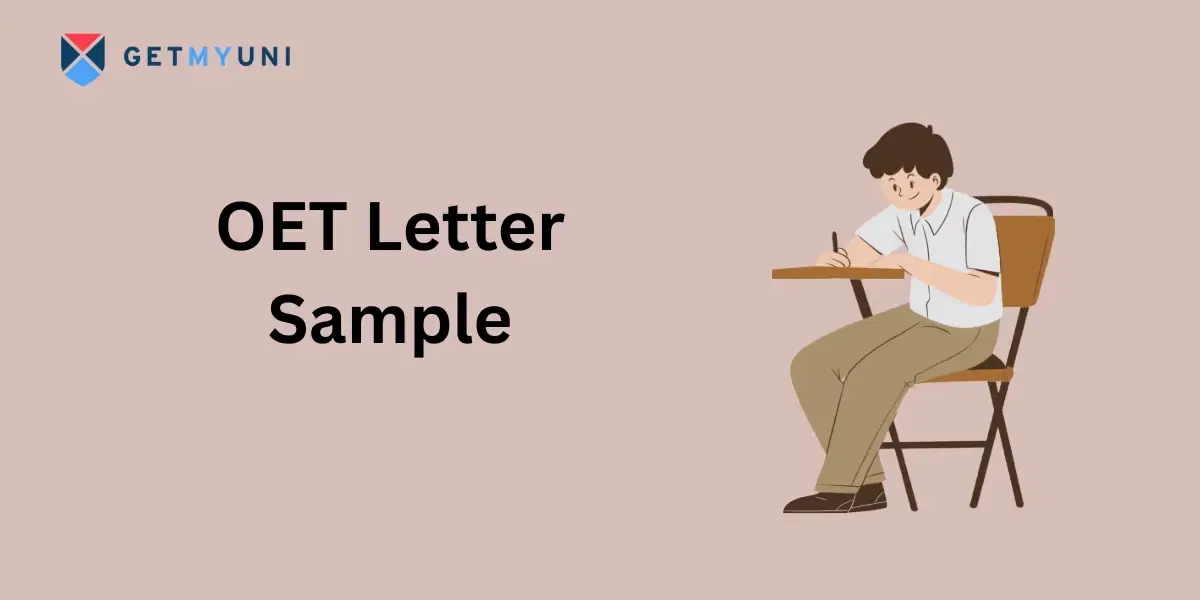

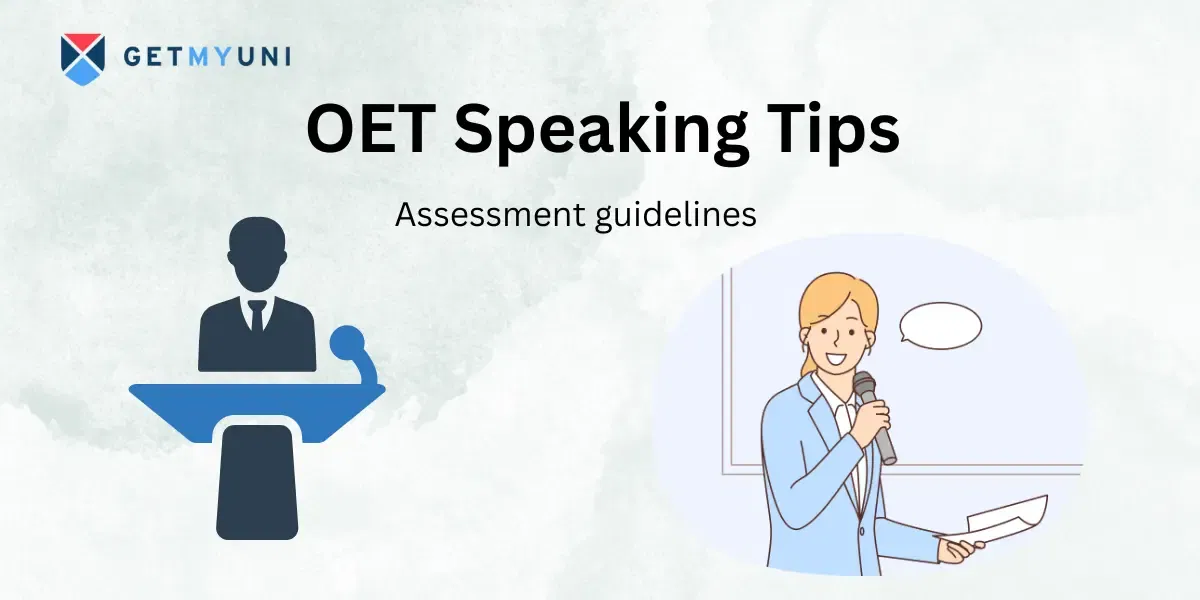

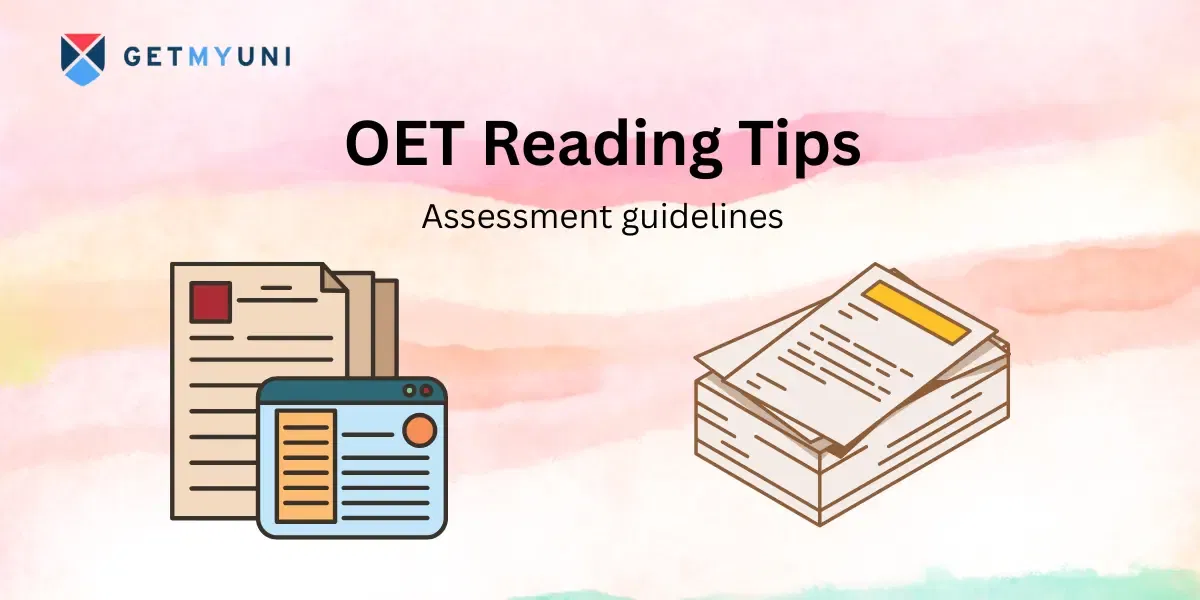




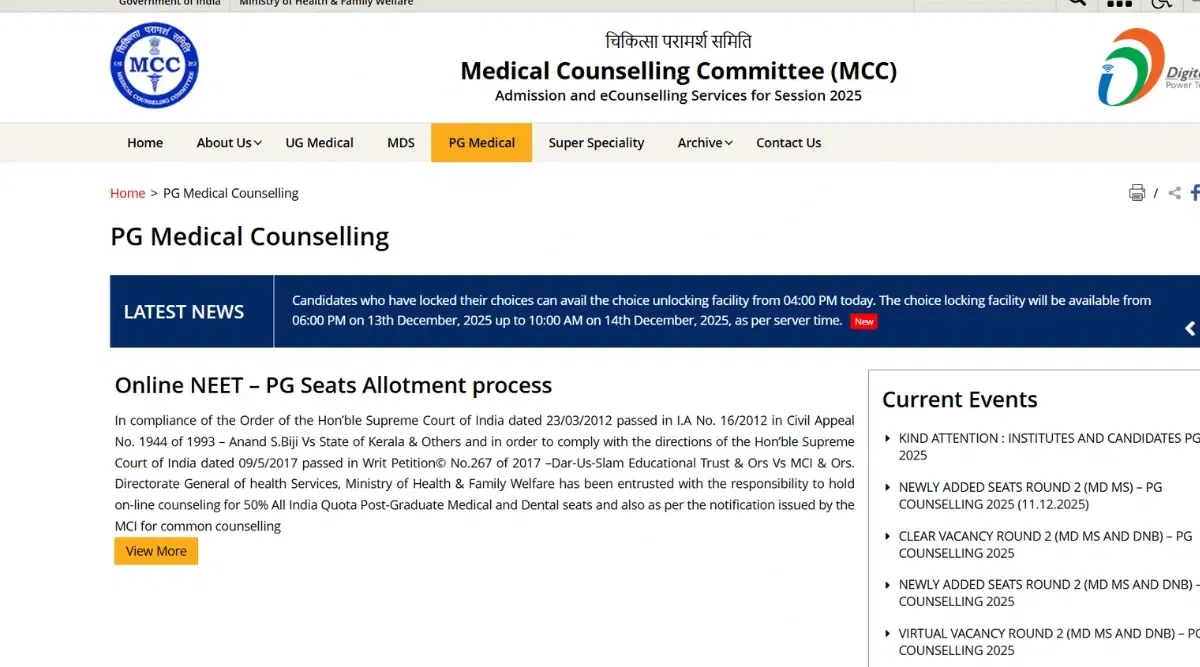


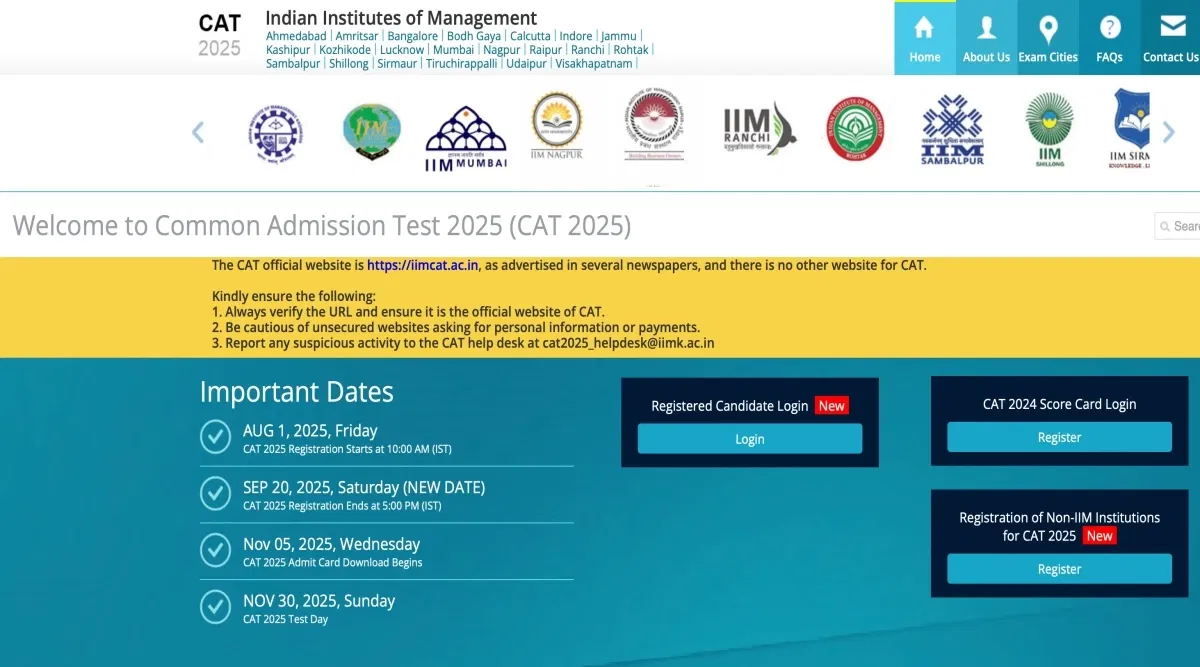




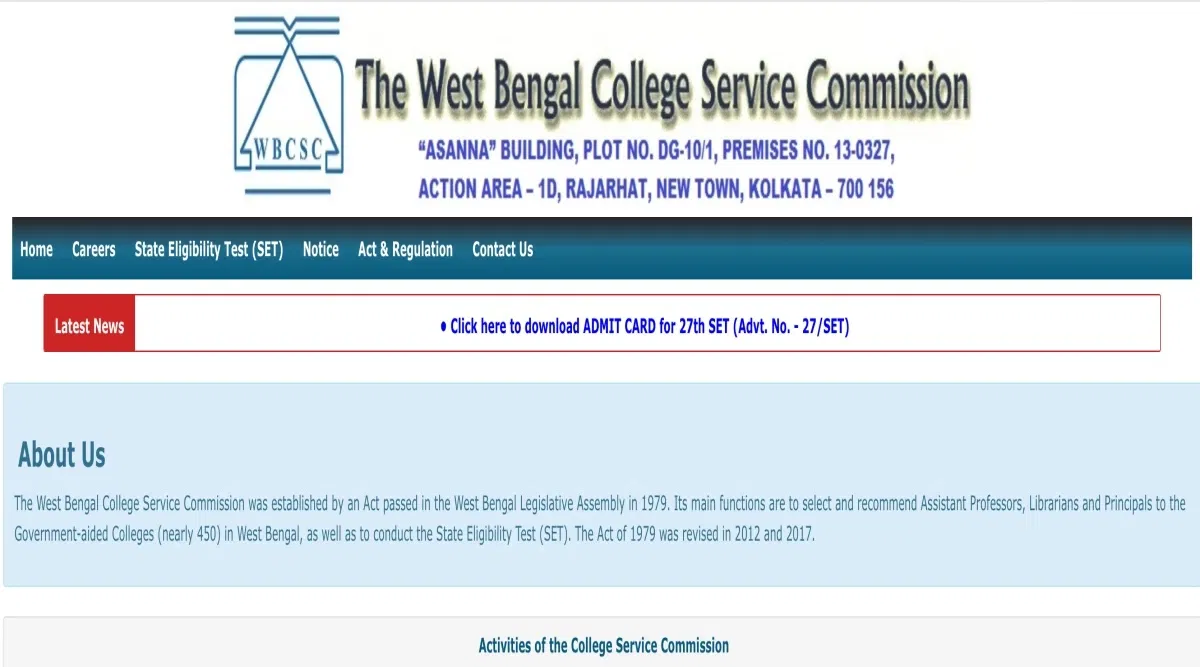
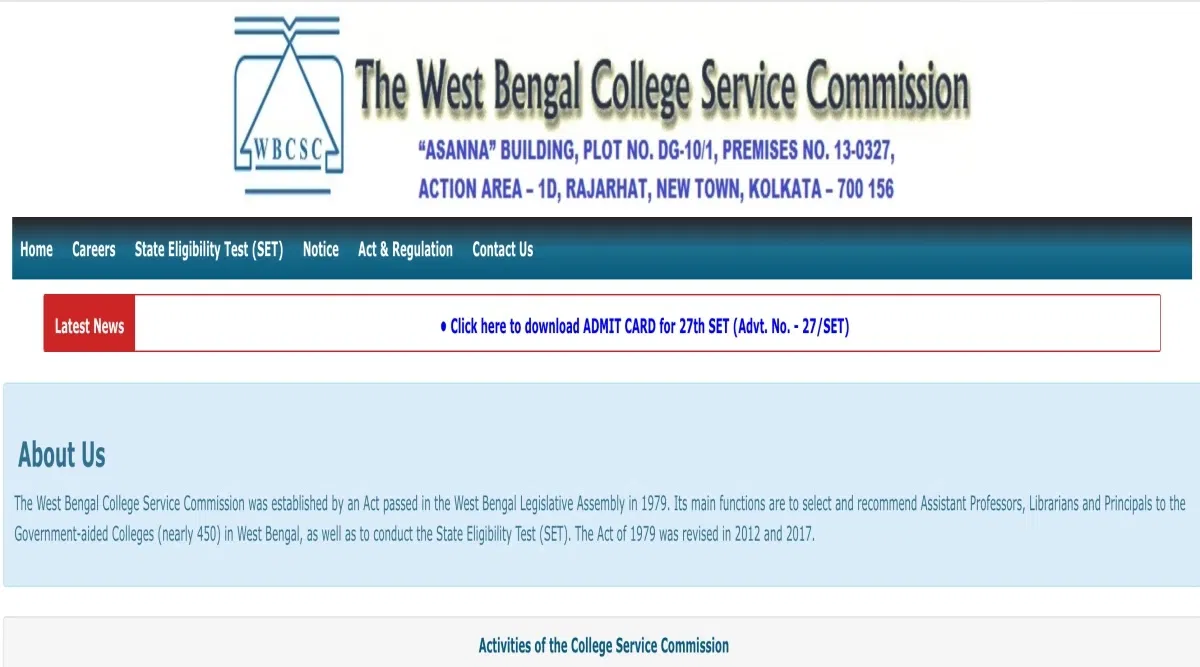

POST YOUR COMMENT